Condition of Illusion, a retrospective, and Peter Gidal’s first solo show, follows the first anthology of his literary output, Flare Out: Aesthetics 1966–2016. The wide range of topics includes film theory, leftist politics, Samuel Beckett, Therese Oulton, Gerhard Richter, and Warhol; while discussions of his own films are largely absent. Condition of Illusion is comprised of 16mm films, photographs, and text-based work, from 1968 to 2013 alongside new and unseen material.
The exhibition begins with Gidal’s installation Volcano, which investigates the problems of representation/unrecognition in a representational medium. A series of ten large-format photographs of cooled and fissured lava will be shown alongside the half-hour, silent 16mm film, shot on a volcano on Big Island in Hawaii (2003).
At the center of this exhibition a compilation of four short films shown one after another in their original 16mm format – Key (1968, 10 min), Clouds (1969, 10 min), Hall (1969, 10 min) and not far at all (2013, 15 min). The films begin with Gidal’s arrival in London in 1968 and ends with his most recent film produced in 2013, wherein Gidal’s soundtrack consists of three lines from a 1000 word story written by Gidal in 1971, that had been cut up and read (unbeknownst to him) by William Burroughs, recorded on Break Through In Grey Room.
His film Condition of Illusion (1975, 32 min) includes sections from Samuel Beckett’s The Unnamable and a quote from the end of Louis Althusser’s On the Materialist Dialectic, which also appears in his 1975 seminal text “The Theory and Definition of Structural/Materialist Film” neither necessarily coming before or after the other. In part, it reads: “A ‘theory’ which does not question the end whose by-product it remains a prisoner of this end and of the ‘realities’ which have imposed it as an end.” The quotations that he uses in Assumption (1997, 1 min) have been slowed until readable, while all the images have been removed from Upside Down Feature (1967–1972, 62 min) including Man Ray’s photos of the dust on Duchamp’s Large Glass. Only the text elements will be shown here from Beckett’s essay on Proust, flashing (dimly) one word at a time; when after two-thirds of the text, presented upside down and backward, switches to “straightforward” reading, the ideological difficulty of the norm becomes a relativist’s dream or at least question.
The sequence of rooms concludes with an unseen series of photographs that have been enlarged from images detailed in an album belonging to Gidal’s photographer uncle in 1930, created after a visit to Copenhagen, and forms the content of Gidal’s 1977 film, Kopenhagen/1930. George Gidal worked at the origins of modern photojournalism for Münchener Illustrierte, Vue, and AIZ: Arbeiter Illustrierte Zeitung. He died in a crash soon after he produced these images. Gidal inherited the contact prints with their Vertovian/Eisensteinian sequencing, numerically reordered “cinematically”—including handwritten German script commentary. In Kopenhagen/1930, there is a notable departure in attitude from Gidal’s earlier works, using here still images with frequent hints to the narrative film that could have been. In addition to the works on display in Condition of Illusion, Gidal’s iconic work Room Film 1973 (1973, 55 min) will be screened on select Wednesday evenings.
Gidal continually published polemical and theoretical essays that had their effects on experimental film practice, theory and writing, though never confusing intention and language with film’s own determinants and the processes of making, moment for moment. The split between perception and knowledge was always crucial. He is one of the main proponents of Structural/Materialist Film and has long been associated with the London Film-Makers’ Co-operative (LFMC), which was founded in 1966 as an independent filmmaking organization. Gidal’s work is influential to several generations of film artists and writers, from those he taught advanced film theory at the Royal College of Art in London between 1971 and 1983, as well as those working there in Environmental Media, to a more recent generation.
Curated by Nicola Lees, 80WSE.
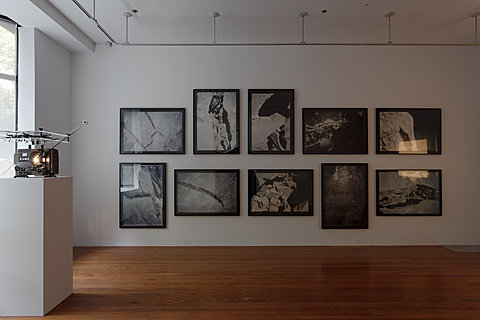
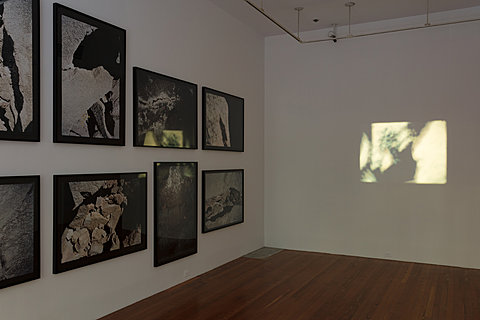
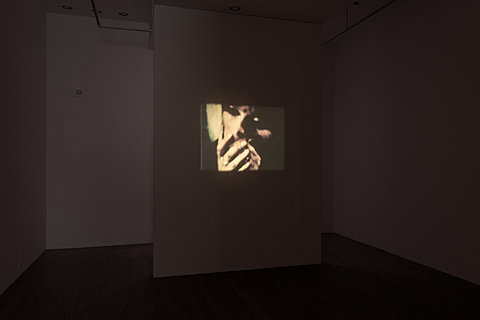
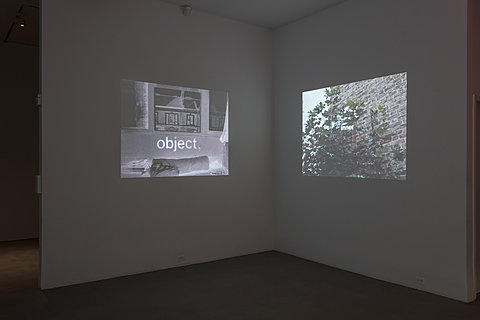
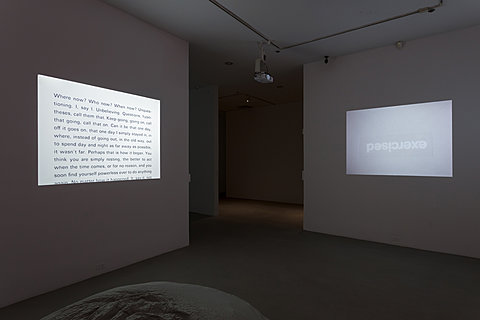
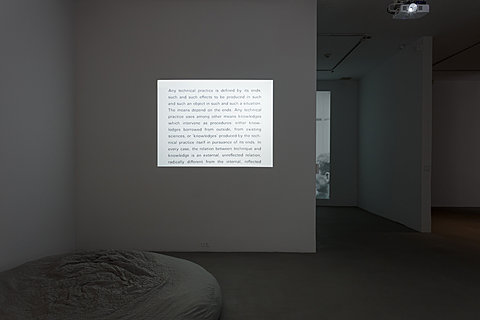
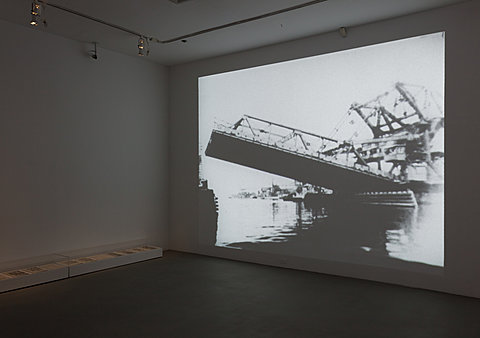


Press: